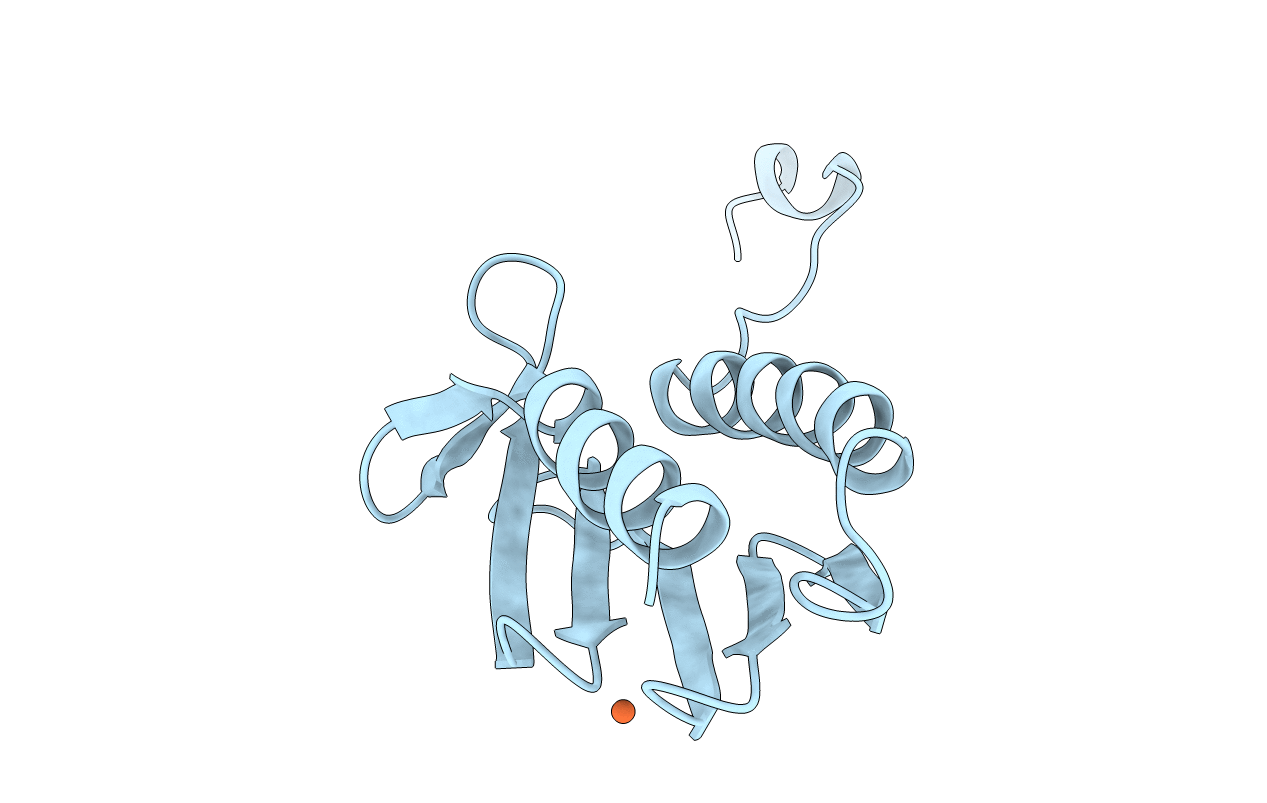
Deposition Date
2012-03-26
Release Date
2013-01-30
Last Version Date
2023-09-13
Entry Detail
PDB ID:
4EC2
Keywords:
Title:
Crystal structure of trimeric frataxin from the yeast Saccharomyces cerevisiae, complexed with ferrous
Biological Source:
Source Organism:
Saccharomyces cerevisiae (Taxon ID: 559292)
Host Organism:
Method Details:
Experimental Method:
Resolution:
3.00 Å
R-Value Free:
0.31
R-Value Work:
0.25
R-Value Observed:
0.25
Space Group:
I 21 3


